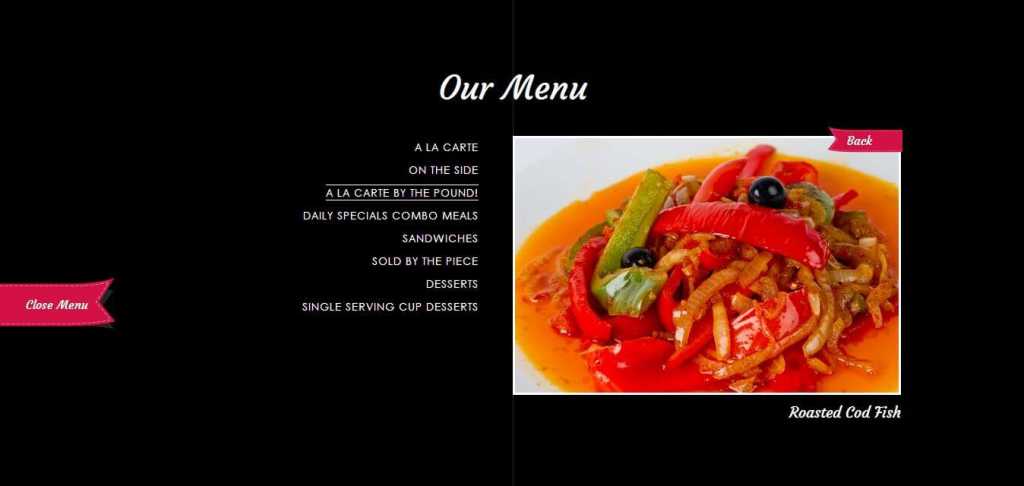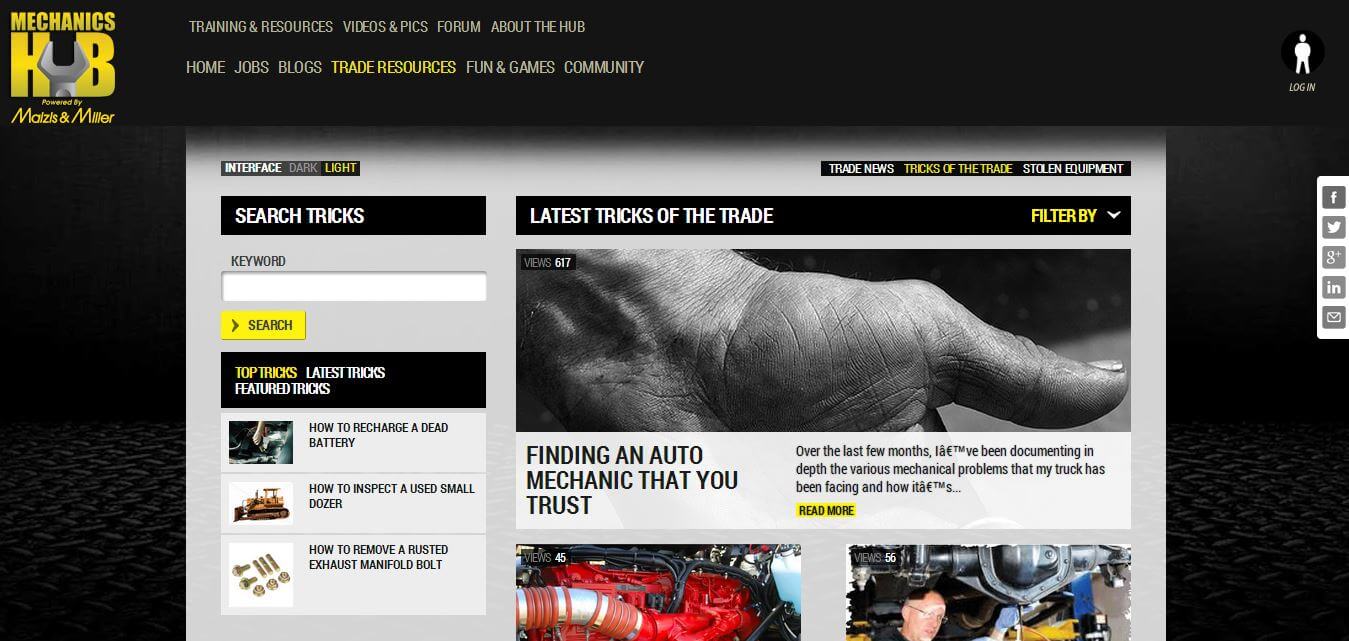Fluff-Free Web Design and How “Flat” Became a Compliment
BY ITW Consulting
Web Design and Development
You knew that when drop-shadows and gradients were being used as liberally as salt on french-fries, a revolt became inevitable. It was only a matter of time before simplicity—in website design and user interfaces—overtook complexity. Rather than try to wow users with hyper-stylized, attention-grabbing displays, web designers looked inward for their inspiration—more specifically, they looked at the product itself.

Minimalism has redefined the Internet in recent years, with many websites and user interfaces taking on a toned down aesthetic. This comes after web design as a discipline began flirting with—and sometimes venturing way beyond—excessive. Colour palettes had become unwieldy, flash presentations lit up the screen, typefaces took too many twists and turns, and navigation evolved into a kind of team-building exercise.
Understated but not necessarily under appreciated
Although flat design refers specifically to depth (or lack thereof) in style elements, it fits nicely into the larger conversation on how to keep the web a more user-friendly place. Simplified web design doesn’t have to mean boring, but it definitely works best with a product that can hold its own on center stage. It also challenges graphic designers to exercise their creative muscle in new ways, for example with typography and content layout. At the same time, users don’t have to navigate obstacles when interacting with a tool—there is no distraction, no learning curve.

The shift away from superficial, superfluous design has led to a surprisingly diverse array of websites and interfaces, showing that in the right hands, less can in fact do more. Consider these common traits of minimalist web design:
- Limited colour palette (especially black and white)
- Sans-serif typeface
- Restrained use of JavaScript and other nice-to-have effects
- Lots of white space
- Clean lines and well-defined content areas
- Simple, straightforward messaging and architecture
- Basic shapes (especially with logos)
- Emphasis on iconography and typography rather than images and other heavy media
- Flat rather than shiny or gradient surfaces
You probably encounter these elements every day, sometimes all within the same platform. Sometimes, too, website designers make heavy use of one element (such as colour) to make up for a lack of another (such as texture). And since simplicity can be measured in shades of grey, not black and white, there remains plenty of room for choices.
Good website design earns that label in the hearts and minds of users. It delivers, from their perspective at least, the ideal ratio of stylistic elements to core elements—what you might call the essentials. What’s left is only what’s necessary to sell the product (literally or figuratively). The complete absence of fluff stresses the importance of every item on the page, even the seemingly unremarkable. It’s a challenge made even more difficult by SEO and digital marketing demands, which have traditionally called for as much content as possible (here too, fortunately, there’s been a shift in favour of quality over quantity).
Why simple is more important than ever
Apple, a company synonymous with usability, has been a driving factor in the trend toward pared down design. With increasing overlap of devices and digital experiences, users of products by influential brands such as Apple and Microsoft have become conditioned to expect uncomplicated, intuitive experiences. The best website designers, always cognizant of the world outside their window, understand these shifts even before users do. They know that in this case, at least, it’s in everyone’s interest to follow the trend.
A less complicated approach to design also brings practical advantages. The rise of responsive web design, and mobile browsing in general, has amplified the need for streamlined content that adapts well to a variety of devices and scenarios. Even though an adaptable layout is meant to render any kind of content in a user-friendly format, practical considerations have pushed website designers to begin projects with responsiveness in mind. They realize that content that adheres to a well-defined, uncluttered layout is a better fit for responsive design than something inherently complex. That, in turn, means avoiding the extraneous.
In terms of user-friendliness and SEO, simple also has its benefits. Lean code and only the most essential content elements are critical to keeping the website running smoothly and pages loading quickly. Despite the current lack of hard evidence tying search engine rankings to website speed, Google has repeatedly stated its obsession with all things fast. And as usability becomes increasingly linked to speed, you can bet that Google will value performance more highly and their search engine rankings will reflect that preference.
